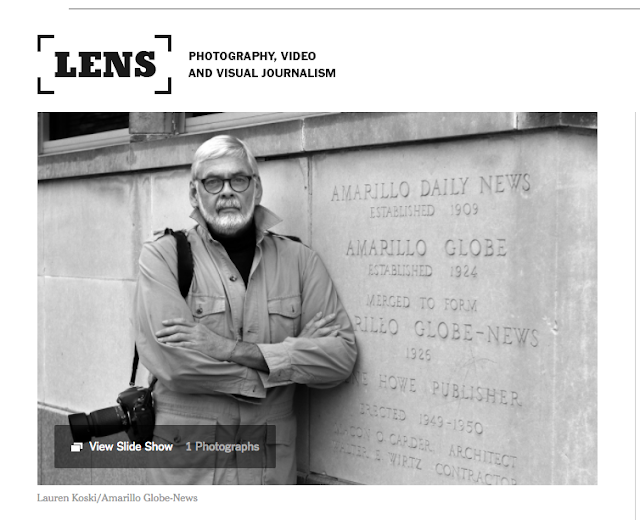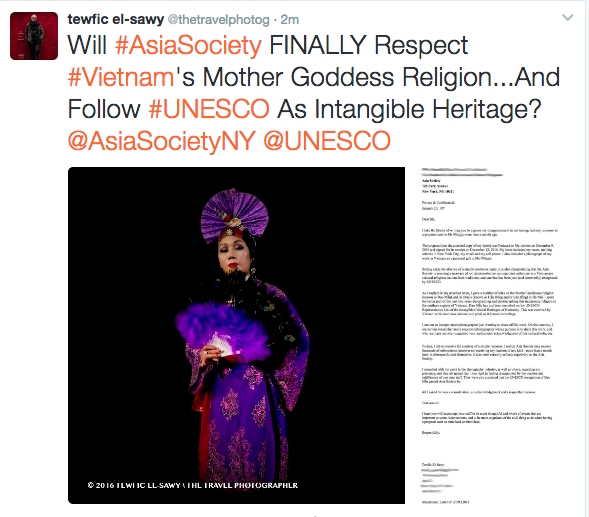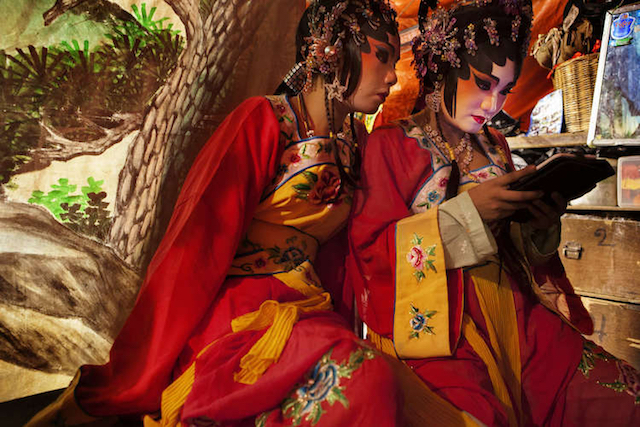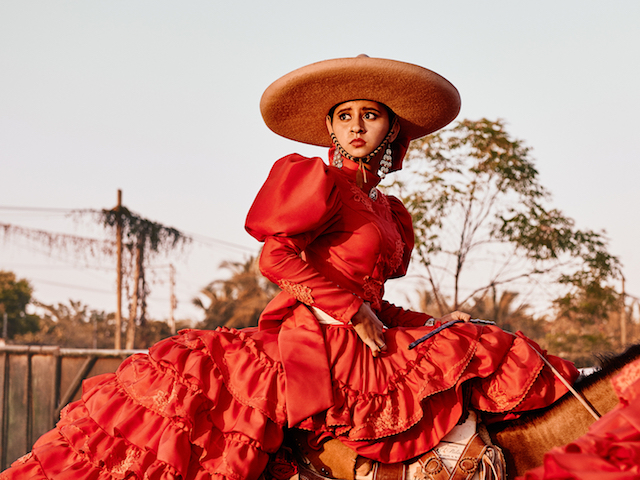Giselle Natassia | Thailand's Vegetarian Festival
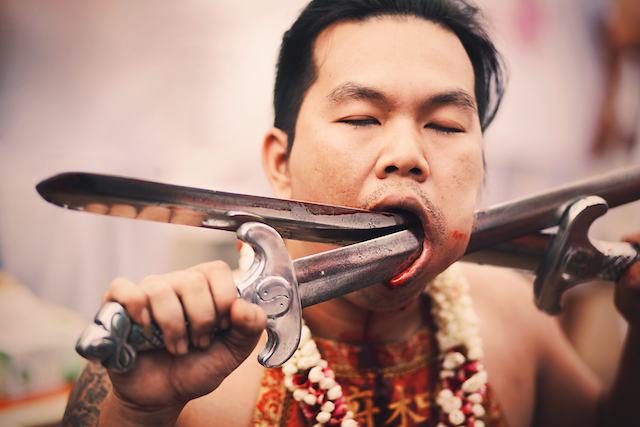
Photo � Giselle Natassia - All Rights Reserved This blog post will lead to a photo gallery that featured graphic and possibly disturbing images. The Nine Emperor Gods Festival is a nine-day Taoist celebration starting on the eve of the ninth lunar month of the Chinese calendar, and is observed in a number of Asian countires, including Thailand. In Thailand, this festival is called thetsakan kin che or the Vegetarian Festival. Celebrated throughout the entire country, it is at its height in Phuket, where more than a third of the population is Thai Chinese. The festival honors the nine Taoist emperor gods. During the Vegetarian Festival, Thai people practice jay , or veganism. Men (rarely women) participate in this self-mutilation ritual, and are called masongs . They are men possessed by gods or deities during the festival. Only pure, unmarried men without families of their own can become a masong. The deities inside them protects them from feeling any...

